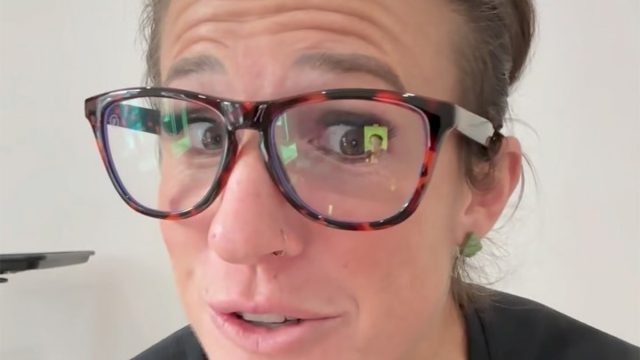6 Unexpected Signs Someone Is Actually Burning Fat, According to a Coach
You are counting calories and trying to stay in a deficit – but how do you really know if you are succeeding? According to one expert, there are more than a handful of signs your body will give you that you are, in fact, in a calorie deficit. Brittney Blanco is a Macros Nutrition Coach and digital creator who regularly shares her weight loss and stay-fit tricks and tips with her followers. In a new post, she reveals what to look for. "6 signs your body is in a calorie deficit…so keep everything the same," she writes across the Instagram video.
What Is a Calorie Deficit
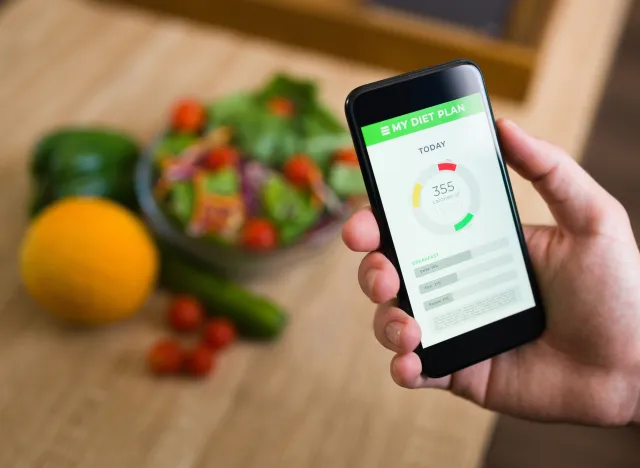
"Here's what it means," she writes in the post. "A calorie deficit means you're burning more calories than you consume, which leads to fat loss. Make sure to maintain a balance, fueling your body with nutrient-dense foods to support performance and recovery. When you're in a deficit, your body turns to stored fat for energy to make up for the difference, which leads to weight loss over time."
Steady Weight Loss
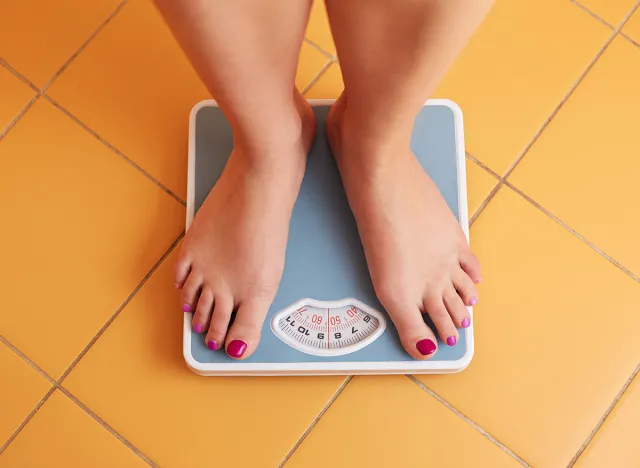
The first sign is that you are losing weight. "Steady weight loss," she explains. How much should you be losing? "If you're consistently losing 0.5-1 pound per week, it's a clear sign you're in a calorie deficit," she writes.
Increased Hunger

Another sign that your body will give you is that it will be feeling a little food deprived. "Increased hunger," she writes. "Your body might signal for more food as it adapts to consuming fewer calories."
RELATED: 11 Walking Tricks This Coach Uses to Burn More Fat
Improved Muscle Definition
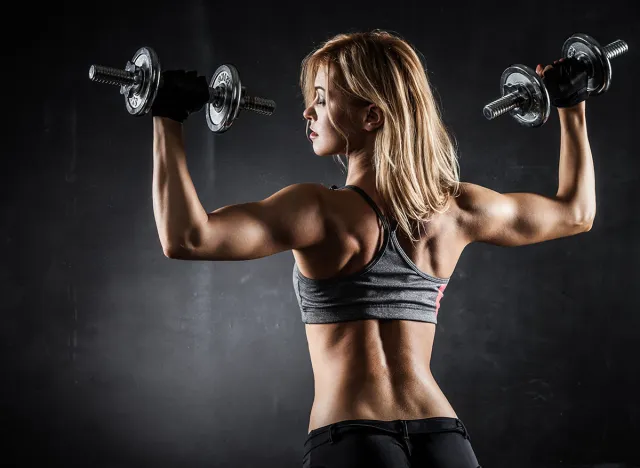
Improved muscle definition is another physical sign your body will give you that it is in calorie deficit. "As fat decreases, you'll start seeing more muscle tone, especially if you're strength training," she writes.
Increased Energy

You would think that if you are in a calorie deficit you would lose energy, but this isn't the case. "Increased energy," is the fourth sign, according to Brittney. "As your body adapts to the calorie deficit, you might feel lighter, more energetic, and less sluggish throughout the day," she says.
Consistent Exercise Performance
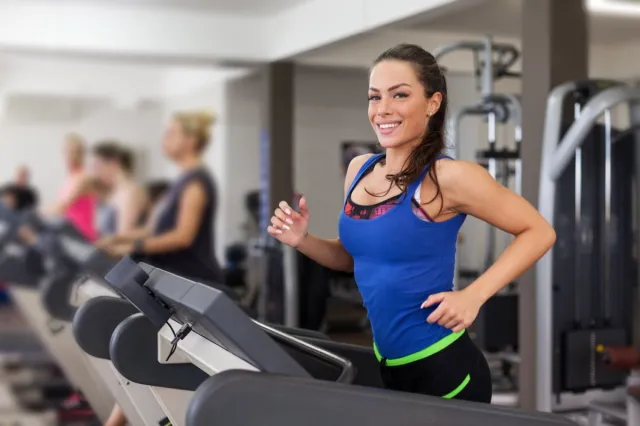
The next sign? Consistent exercise performance, she reveals. "If you're still hitting your workouts with strength and endurance, it's a good sign your body is handling the deficit well," she claims.
RELATED: She Lost 20 Pounds When She Stopped Intermittent Fasting and Did This Instead
Improved Sleep and Mood

The last sign to look out for? You are well rested and happy. "Better sleep and mood," she reveals. "A healthy calorie deficit can improve sleep quality and stabilize mood as your body settles into a routine." And if you enjoyed this article, take advantage of these 15 Quick Ways to Lose Body Fat Percentage in a Week.
